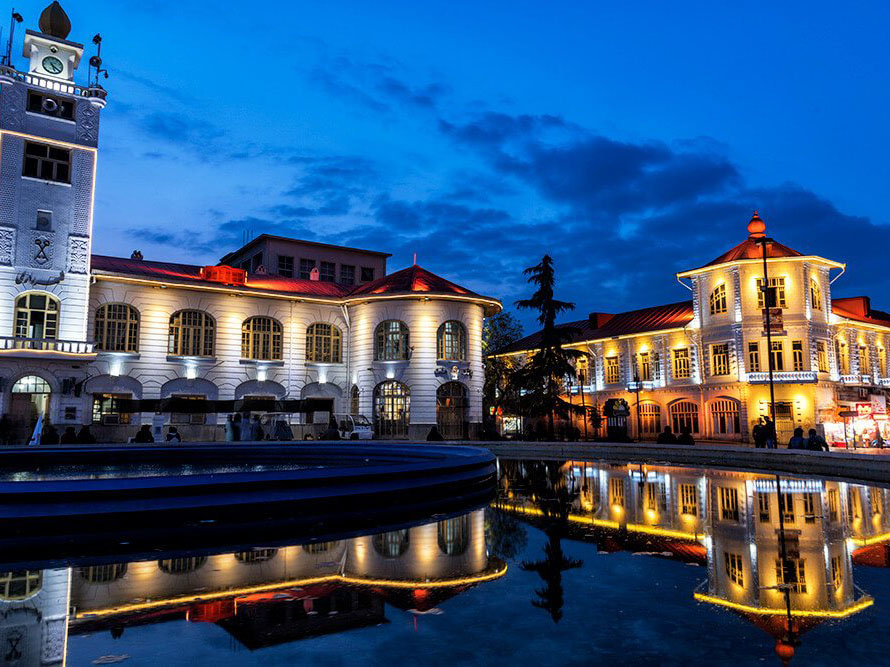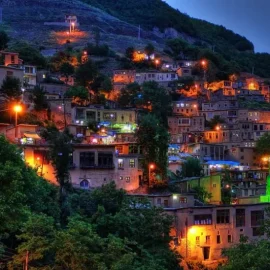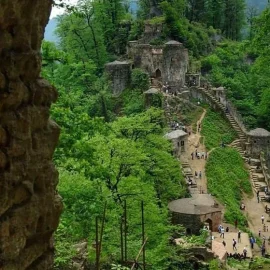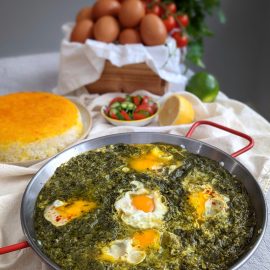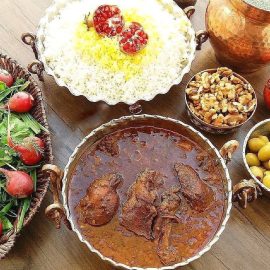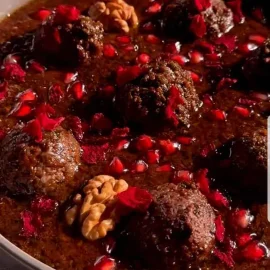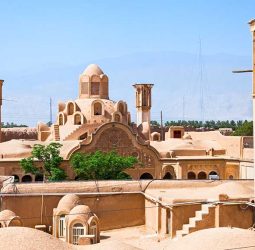Gilan
Gilan
Gilan Province, located in the northern part of Iran along the southern coast of the Caspian Sea, is renowned for its breathtaking landscapes, rich cultural heritage, and diverse natural attractions. With a population of approximately 2.5 million people, Gilan is a significant cultural and economic hub in the region, featuring major cities like Rasht, Anzali, and Lahijan. The province’s unique blend of lush forests, pristine beaches, and historical sites makes it an attractive destination for both domestic and international tourists.
Weather Conditions
Gilan Province experiences a mild and humid climate throughout the year, which is conducive to outdoor activities and exploration. The region’s proximity to the Caspian Sea and its surrounding mountains contributes to its temperate weather, with moderate temperatures and high humidity levels. This climate supports a wide variety of flora and fauna, making Gilan a haven for nature lovers and ecotourists.
SHIFA, will organize all its tours according to your medical conditions and based on the doctor’s advice.
Gilan Province offers a unique blend of natural beauty, cultural heritage, and culinary delights, making it a must-visit destination for anyone interested in exploring the authentic charm of Iran. Whether you are drawn to its stunning landscapes, historical sites, or local cuisine, Gilan has something to offer every kind of traveler.
Lahijan Tea Gardens
Known for their scenic beauty and tranquility, these gardens are a major tourist attraction and contribute significantly to the local economy.
Must See In Gilan
Known for its stepped architecture, Masuleh is a picturesque village nestled in the hills southeast of Rasht. The village’s houses are built in such a way that the roof of one house serves as the courtyard of the house above, creating a fascinating and unique landscape.
Recognized as a UNESCO World Heritage site, these forests are known for their ancient trees and diverse wildlife. They offer opportunities for hiking and exploring the natural beauty of the region.
Situated in the heart of the forest, Rudkhan Castle is a medieval fortress that offers breathtaking views of the surrounding landscape. It is a testament to Iran’s rich historical past and a must-visit for history enthusiasts.
This lagoon is a sanctuary for migratory birds and lotus flowers, providing a serene and natural environment for nature lovers. It is also an important site for birdwatching and ecotourism.
Gilan's Cuisine
Gilan’s cuisine is rich and diverse, influenced by its climate and geographical location. The region is famous for its seafood, particularly sturgeon and caviar, which are delicacies along the Caspian littoral.
Must See In Gilan
Mirza Ghasemi is a popular Northern Iranian dish made primarily with roasted eggplants, tomatoes, garlic, and eggs. The eggplants are grilled until smoky, then mashed and cooked with sautéed garlic and tomatoes, finished with beaten eggs. It’s typically served with rice or fresh bread and is loved for its smoky flavor and rich texture. This dish is a vegetarian favorite and a signature of Gilan’s cuisine.
Torshe Tareh is a traditional sour herb stew from Gilan. It’s made with a mix of local green herbs like parsley, cilantro, and spinach, along with garlic, rice, and sometimes eggs. The sourness comes from either pomegranate paste or citrus juice, giving it a unique tangy taste. It’s usually served with rice and is known for its fresh, vibrant, and zesty flavor.
The Gilani-style Fesenjan is a rich and aromatic stew made with ground walnuts and pomegranate molasses. Unlike other regions of Iran, in Gilan it’s often cooked with duck instead of chicken, which adds extra depth to the flavor. The stew is slow-cooked until it becomes thick and flavorful, with a balance of sweet and sour notes. It’s traditionally served over steamed Persian rice.
Anar Bij is another beloved Gilani dish made with ground meat (usually lamb or beef), herbs like mint and parsley, garlic, and pomegranate paste. The dish is somewhat similar to Fesenjan but includes fresh herbs and small meatballs. It’s tangy, hearty, and deeply satisfying, often served with rice and enjoyed especially during colder months.

